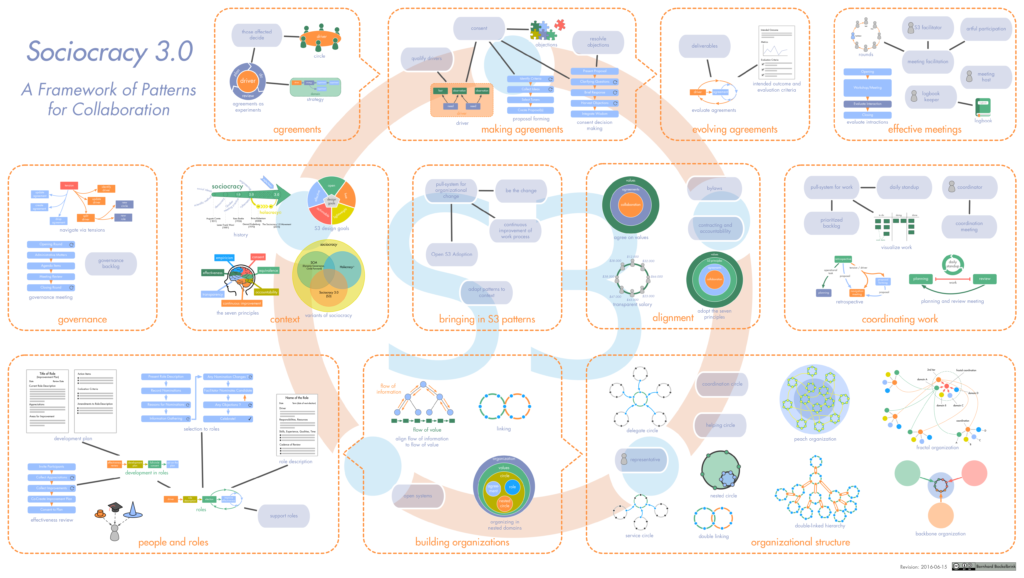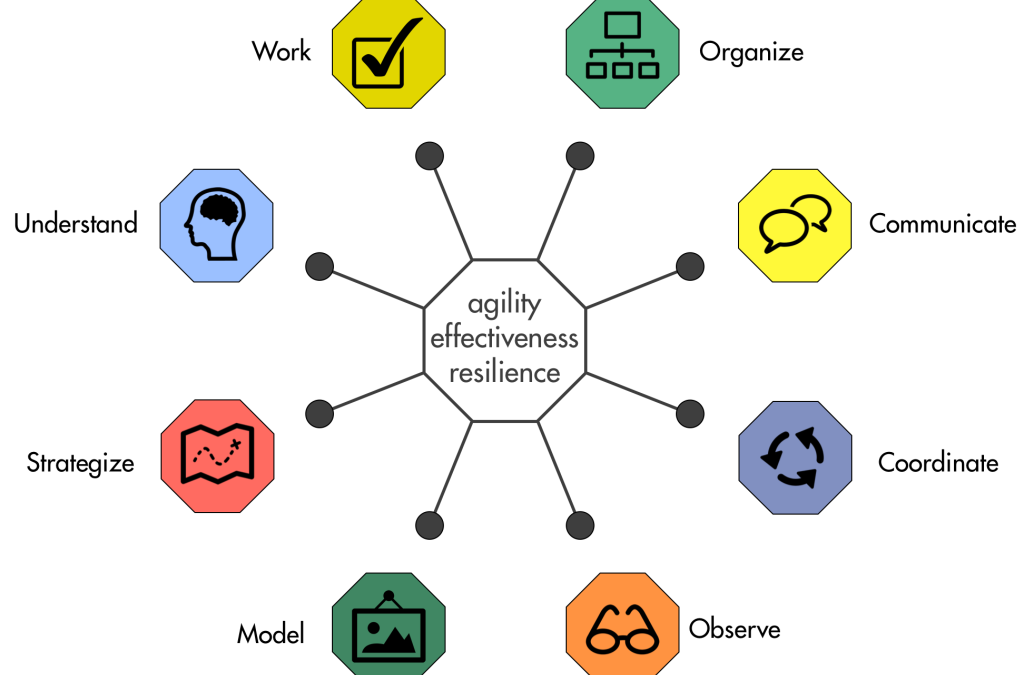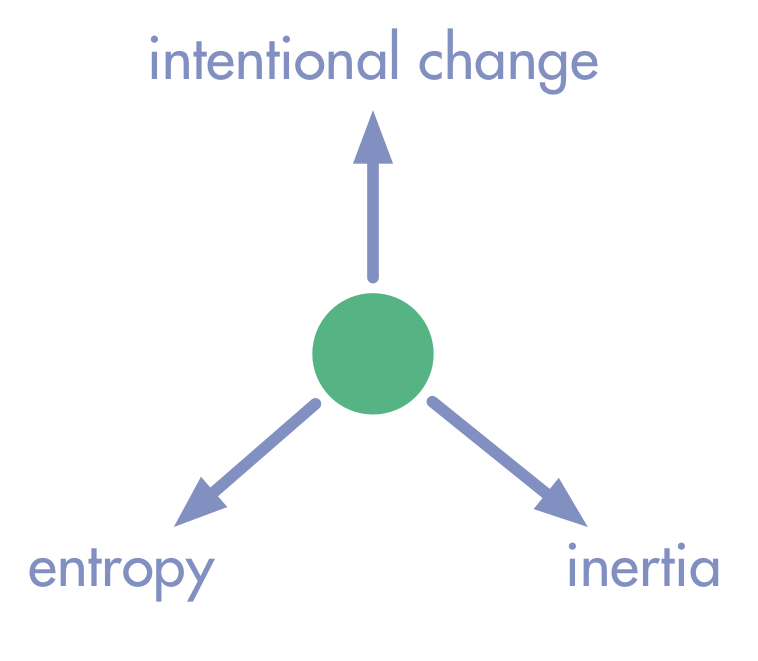by Bernhard Bockelbrink | Nov 23, 2016 | blog, eBooks, Sociocracy 3.0
I updated my my beta version of the Sociocracy 3.0 Handbook with new text and illustrations. now there’s a section on each of the 65 patterns. Download as PDF or EPUB, or take a look at the web version for mobile and desktop browsers here.

by Bernhard Bockelbrink | Nov 9, 2016 | blog, Sociocracy 3.0
Nun sind erstmals alle S3-Illustrationen in deutscher Übersetzung verfügbar, dazu gibt es kleinere Updates der englischen Version. Download über Dropbox oder Github
Die Illustrationen stehen unter einer Creative Commons Attribution-ShareAlike 4.0 International License.


by Bernhard Bockelbrink | Jun 22, 2016 | blog, Sociocracy 3.0
With more than 60 patterns, Sociocracy 3.0 has grown quite a bit in the past year. I have created the big picture to illustrate how it all fits together. As always, this is a work in progress, some patterns don’t have illustrations yet.
It’s available for download as small and medium png files, and as a high-resolution pdf

(more…)

by Bernhard Bockelbrink | May 13, 2016 | blog, Sociocracy 3.0
A few days ago I had a workshop with Alexander Tornow and Volker Schad, where Alexander presented Stafford Beer’s Viable System Model (VSM), I explained S3, and then we discussed how S3’s patterns relate to systems 1-5 of VMS.
I don’t claim to understand VSM in its entirety, and I must admit I remain unconvinced that an organization follows the same basic principles as the human body, but I think VMS is an interesting and useful model, at long as you don’t confuse the map with the territory.
The workshop inspired me to create an model of the functions an organization must implement, both on an organizational level, and within its individual parts, in order to be effective, agile and resilient. It’s interesting to see how S3’s patterns can be mapped to that model: (more…)

by Bernhard Bockelbrink | May 7, 2016 | blog, Change, eBooks, Sociocracy 3.0
download pdf download ePub
Introduction
Change in organizations is inevitable and happens naturally as organizations adapt to the various forces pulling at the organization, from the outside and from within.
However, most of the changes that take place in organizations are neither intentional nor aligned across the organization, they happen locally as a result of many small choices made by many individuals.
Lots of small and unrelated adaptive changes will lead to giving in to inertia (doing more of the same) and entropy (many independent and unaligned decisions). This is the opposite of intentional change – changing in an organized and aligned way.
All organizations benefit from building capacity for intentional change in order to become and remain effective.
This paper presents a simple model for mapping influence of internal and external forces to organizations, identifying motive for change and delegating accountability for plotting a course of action, and finally incrementally implementing the resulting change. (more…)





